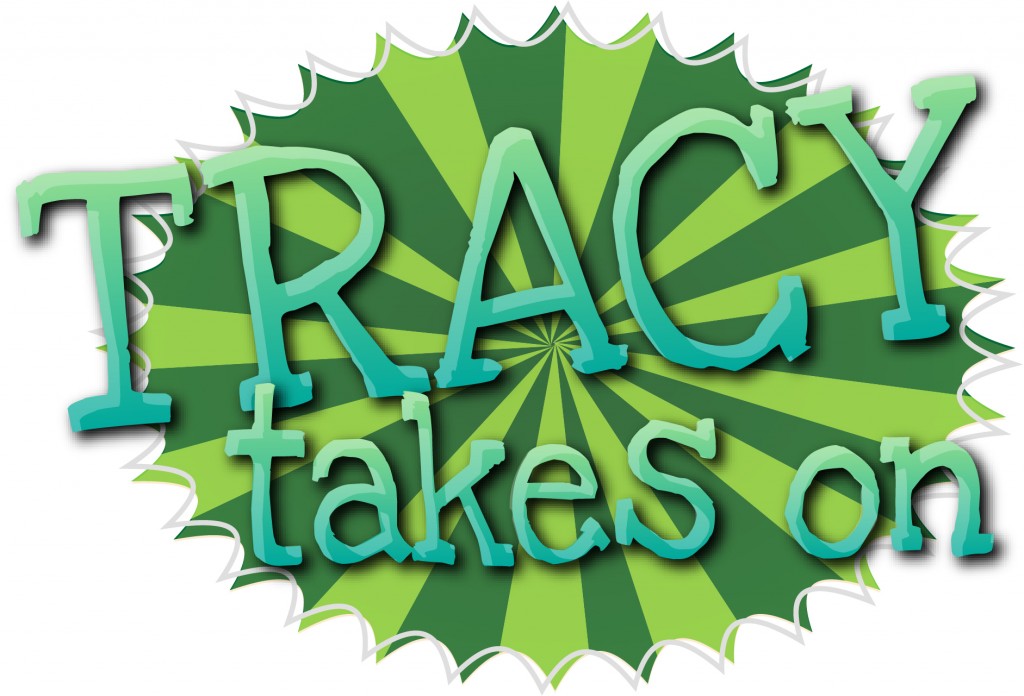 So, now that everyone has recovered from eating too much turkey, opening too many presents and not having a full work week in it what seems like forever, we can settle back into things and finish up our blogging. Yay!
So, now that everyone has recovered from eating too much turkey, opening too many presents and not having a full work week in it what seems like forever, we can settle back into things and finish up our blogging. Yay!
Direct to garment is next…. so, what is DTG, you ask? It’s the process of printing directly onto the substrate and it’s becoming more popular every day. As the equipment evolves and allows you to do dark colors as well as lights – it’s attracting more and more users. In DTG, the shirt is stretched over a frame and kept in a tunnel area, which is below a set of print heads. The garment is then printed, just like an ink jet printer would print onto paper, only it’s printing directly the garment. You can print single color designs pretty economically using this equipment. Most DTG machines use a drop-on-demand type inkjet technology. DTG machines have sealed bulk ink cartridge systems that can drop variable size ink drops, depending on the textile you’re printing.
The thousands of screen printers that have bought this equipment use them for their strengths. DTG machines love short runs and photorealistic images. A screen printer would have a hard time doing this without it.
And look – Negative Nancy is back!
CONS: These machines are pricey – between $15,000-$25,000 typically! Expensive per shirt cost and slow printing means a higher price per individual shirt! Clogging print heads are a problem. With such new technology, the bugs are still being worked out. You can print on dark garments, BUT you have to have the more expensive equipment that has white ink as it needs a base of white laid down prior to your colors. And lastly, you have to pre-treat your shirts with a spray beforehand, regardless of the color!
But Positive Peter says that DTG is great!
PROS: There’s very little set up involved and it’s excellent if you want to keep your area clean!
This is a long blog… everyone still with me? Good because I’m making you check back for Part 4!
The post Tracy Takes On… “I’m Confused, Tell me What I Need?” Part III appeared first on Blogging with Coastal – Transfer Paper, Sublimation, Heat Press, Vinyl and More!.